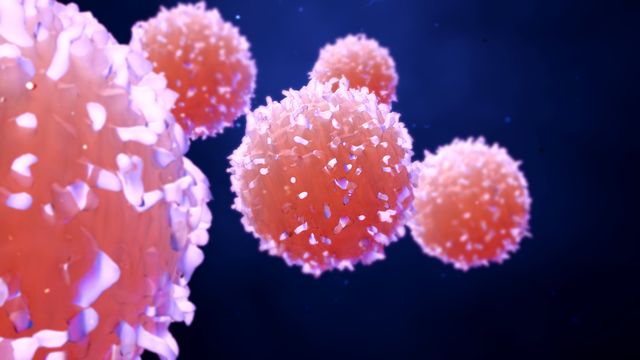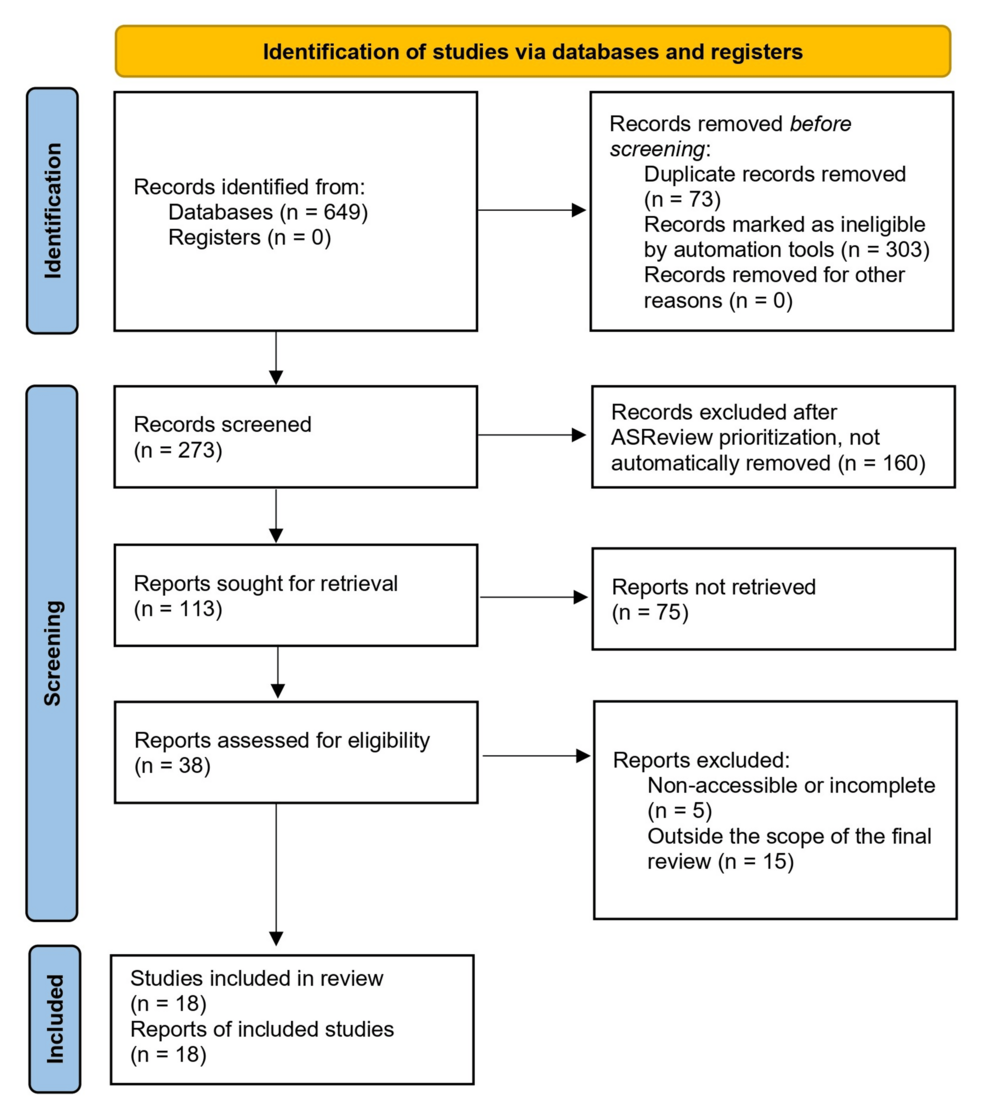You can always be judged by your scars. This is the idea that sums up one of the new breakthroughs in basic and biomedical research published today in the journal Science, an achievement of the Spanish National Cancer Research Centre…
Category: 7. Science
-
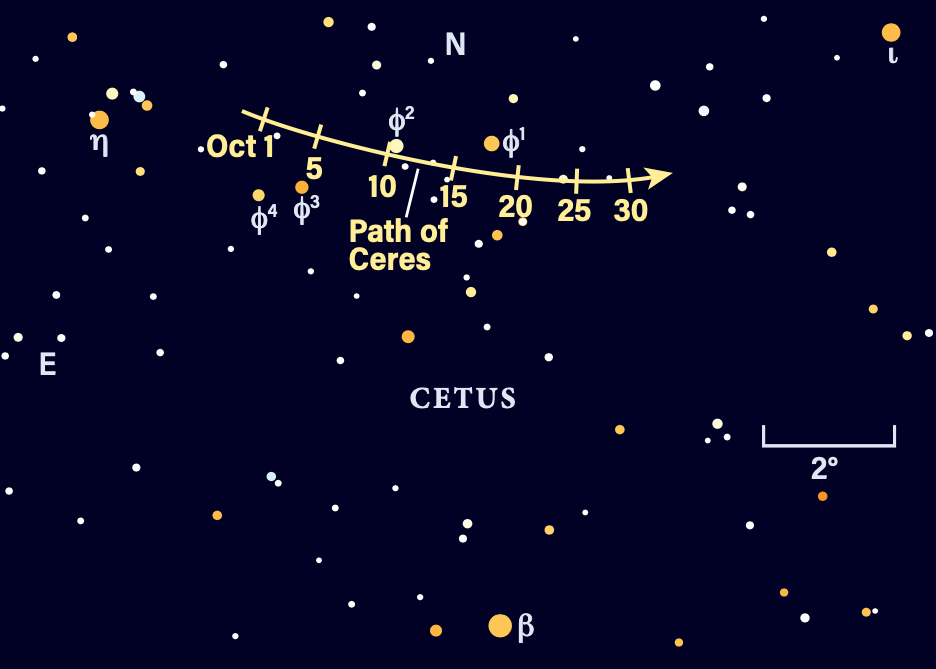
The Sky Today on Friday, October 10: Spot Ceres in Cetus
The largest body in the main belt, 1 Ceres, passes close to a 5th-magnitude star in Cetus the Whale tonight.
Ceres spends all month within a short…
Continue Reading
-

Radioactive 'window' on the Moon? Study explains why the celestial body looks spotted today – Times of India
- Radioactive ‘window’ on the Moon? Study explains why the celestial body looks spotted today Times of India
- The moon’s largest crater didn’t form in the way we thought New Scientist
- Massive impact crater may rewrite the story of the Moon’s…
Continue Reading
-
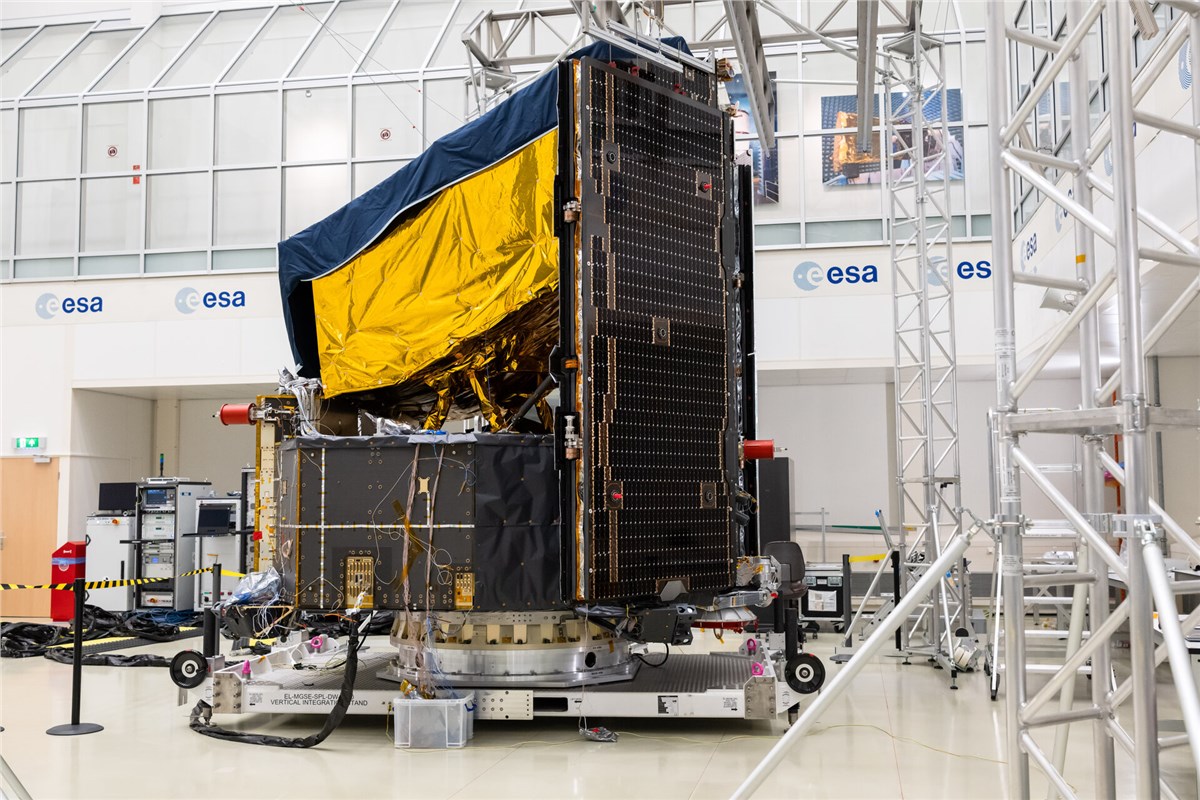
Completed Plato spacecraft is ready for final tests
By fitting its sunshield and solar panels, engineers have completed the construction of Plato, the European Space Agency’s mission to discover Earth-like exoplanets. Plato is on track for the final key tests to confirm that it is…
Continue Reading
-
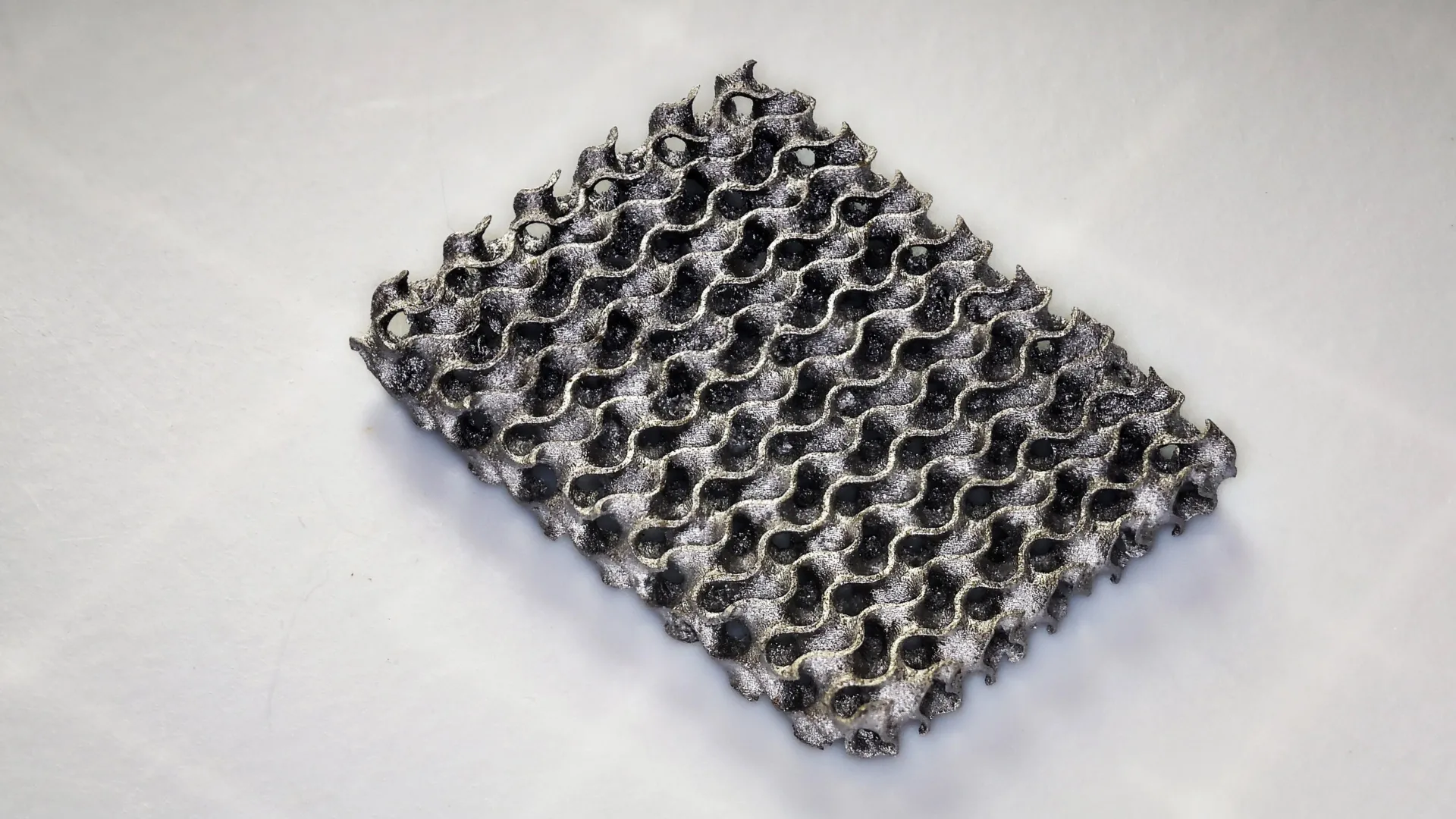
Scientists grow metal instead of 3D printing it — and it’s 20x stronger
Vat photopolymerization is a type of 3D printing that involves pouring a light-reactive liquid resin into a container and then solidifying specific areas with a laser or ultraviolet light to create a shape. However, because this method only works…
Continue Reading
-

Scientists grow metal instead of 3d printing it — and it’s 20x stronger
Vat photopolymerization is a type of 3D printing that involves pouring a light-reactive liquid resin into a container and then solidifying specific areas with a laser or ultraviolet light to create a shape. However, because this method only works…
Continue Reading
-

Astronomers spot young rogue planet gobbling up its surroundings
WASHINGTON – Just as Earth orbits the sun, most planets discovered beyond our solar system orbit a host star. But some are out there all by themselves, called rogue planets. While their origins are poorly understood, astronomers have now spotted…
Continue Reading
-
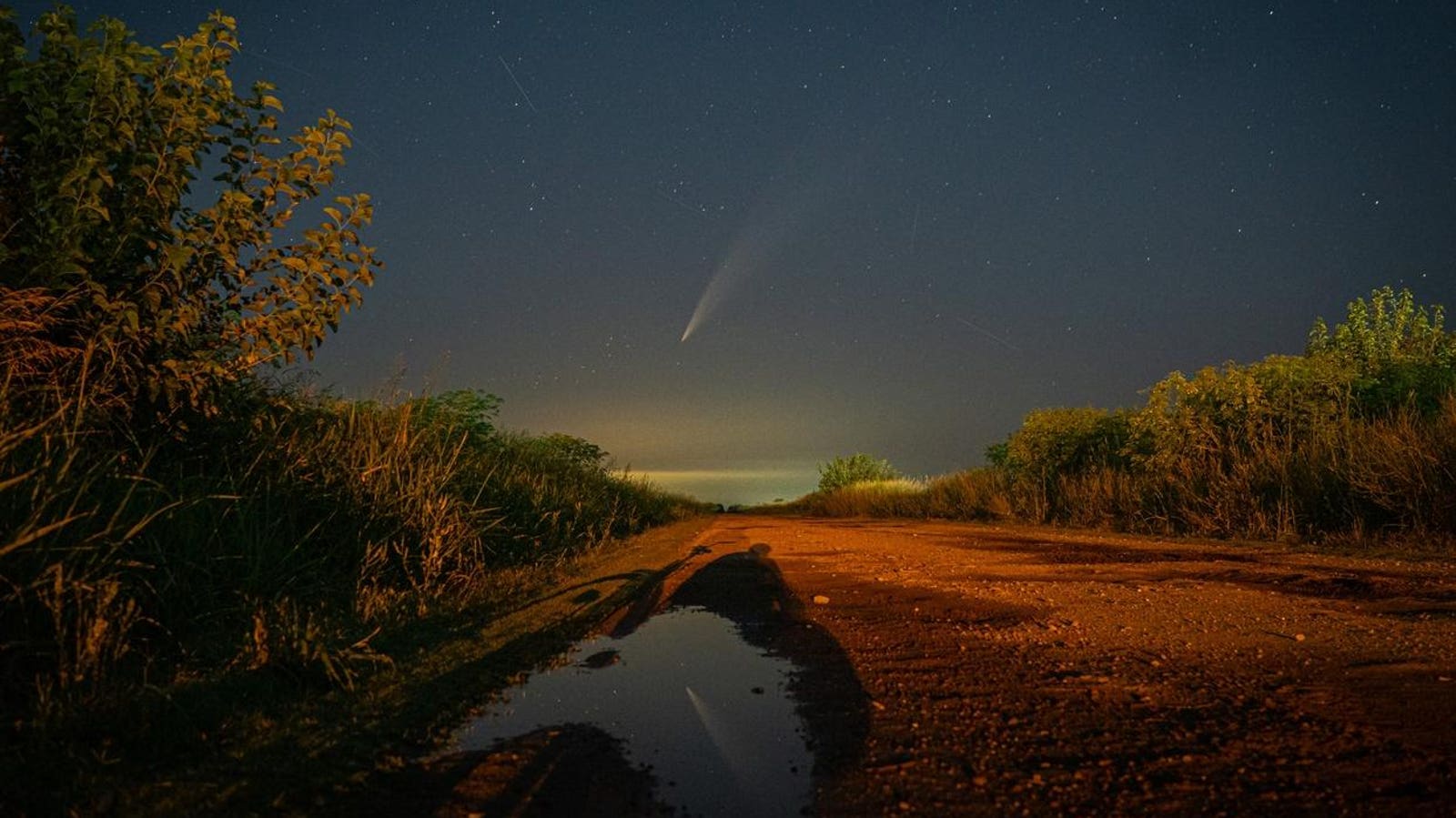
When And Where To See Comets Lemmon And SWAN
Topline
Two green comets — Lemmon (C/2025 A6) and SWAN (C/2025 R2) — are becoming visible from the Northern Hemisphere in binoculars or a small telescope. They’ll get brighter around Oct. 20-23 as the Orionid meteor shower peaks, but comet…
Continue Reading
-
How the brain knows when to eat: Study reveals key protein behind appetite control – Wiley Analytical Science
- How the brain knows when to eat: Study reveals key protein behind appetite control Wiley Analytical Science
- Scientists Find Hidden Switch Controlling Hunger SciTechDaily
- ‘Food Noise’ Breakthrough: Scientists Discover Brain Protein That Could…
Continue Reading
